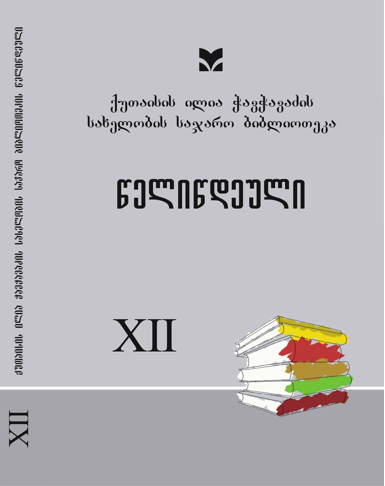Engagement and Arranged Marriages in Adjarian Folk Poetry
Keywords:
Arranged Marriage, Adjarian Folk, Engagement in Cradle, Avunculate, The Symbols of EngagementAbstract
The engagement of a bride and groom is the initial stage of the wedding, which plays a key role in the marriage of the couple.
The engagement, like a family life event, had an important place both in the Adjarian folk works and in Georgian poetry.
Engagement of the infants in a cradle was a widely spread method of engagement and this tradition is still part of the current lifestyle particularly in the population of the mountainous regions of Georgia. In Adjara and Meskhet-Javakheti region this tradition was famous as „Beshikiardma“; in the Samegrelo region, it was known as an „Ontsesh Ikodgumad“ and in Pshavi it was known as a „wedding during pregnancy.“
The arranged marriage was the most widely spread method of engagement in Adjara. Mostly, the parents used to settle the faith of their children. Besides parents, the uncle (mother’s brother) was the second responsible person to arrange a marriage. The scientific literature also includes information about the duties and responsibilities of the uncle that can be evaluated as a survival from the avunculate. Reportedly, the avunculate took origin during the transition period from matriarchate to the patriarchate. The signs of the avunculate are still identified in the verbal folklore of Adjara.
Before the arranged marriage was established as a tradition, engagement was the first stage of the marriage.
Each form of engagement carries the traces of various phases of the evolution. The arranged engagement was widely spread in all regions of Georgia and each of them had its particular peculiarities.



